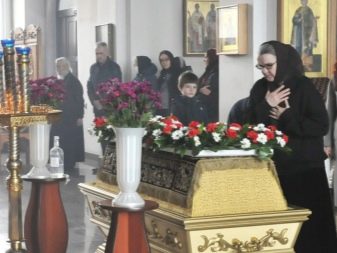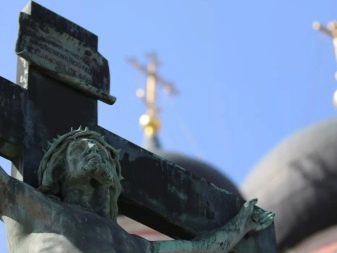When to paint eggs for Easter?

Easter is an exciting and joyful event for Christians. Painted women are considered one of the main symbols of the religious holiday. These are beautifully decorated boiled eggs that decorate the festive table. It is also one of the main treats for Easter, which is customary to consecrate in the church and give to loved ones. Those who are thoroughly preparing the celebration want to know exactly when to paint eggs for Easter.
Features of tradition
The dyes are mentioned in archives that existed until the tenth century. The manuscripts found within the walls of the Greek monastery of St. Anastasia, keep confirmation that at the end of the Easter service, the brethren received from the abbot eggs sprinkled with holy water. At the same time, the phrase sounded: "Christ is Risen!"
According to the existing legend, the first Easter egg was the one that Tiberius received from the hands of Mary Magdalene. During the visit of the Roman ruler, he was supposed to be presented with a gift. Since the Magdalene did not have any riches, she handed the emperor an ordinary egg. She accompanied her gesture with the words: "Christ is Risen!" To which I heard from Tiberius that it is impossible to rise from the dead, just as it is impossible that a white egg can turn red. But a miracle happened, and the shell of the egg presented by Magdalene became scarlet. The governor's astonished response sounded to this: "Truly he is Risen!"
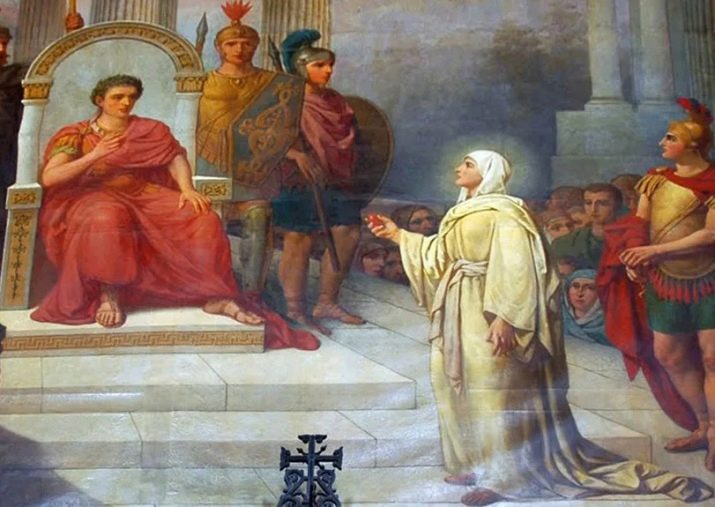
One of the ancient legends says that the tradition of painting eggs came from the Mother of God, who entertains little Jesus with this activity. Ancient Christians associated the egg with the Holy Sepulcher. It was generally accepted that the mystery of eternal life was hidden under the shell.In the old days, its color was red according to Christian beliefs, symbolizing the shed blood of Christ. But scientists adhere to other versions.
Since during Lent the chickens did not stop laying eggs, and they were not allowed to eat, they were boiled with the addition of onion husks. This way the eggs did not spoil longer. People also distinguished the finished product from the raw one by color. And already from the 19th century, Europeans began not only to paint the symbol of Easter, but also to decorate it. Depending on the decor technology, Easter eggs have specific names:
- dyes: the shell has a uniform color;
- Easter eggs: the surface is decorated with ornaments;
- specks: eggs painted with stripes or specks.
To give the shell color, food colors, vegetable juices, decoctions and other industrial and natural pigments are used. The pattern can be applied by hand or the eggs can be pasted over with special stickers.
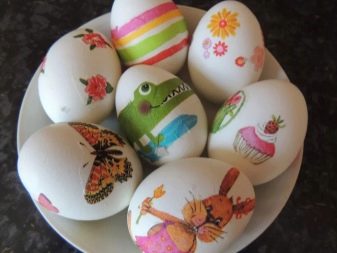
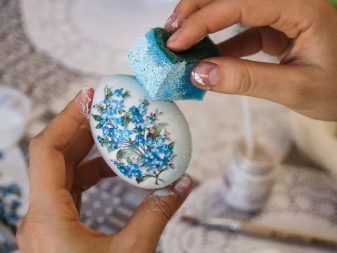
The obligatory neighbor of the dye on the Easter table is round bread - kulich. This is the personification of the invisible presence of the risen Christ. Tall cakes with the symbol of the cross are brought to churches, worn during the procession of the cross, and distributed to believers on Bright Week along with painted eggs. Eat these two treats during Easter breakfast.
There is also a version that the tradition of making dyed eggs originated in pre-Christian times. And it was connected with the holiday of the meeting of spring. After all, most of the peoples of the world symbolize the egg with birth, new life. Since ancient times, eggs have been painted in different colors, but the main thing has become precisely red, as a symbol of the blood of Christ. It is an age-old symbol with which Christians associate vitality and resurrection.
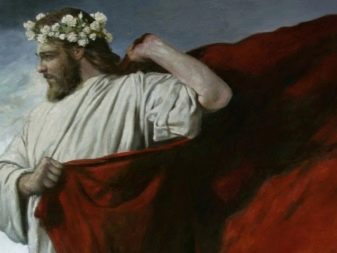
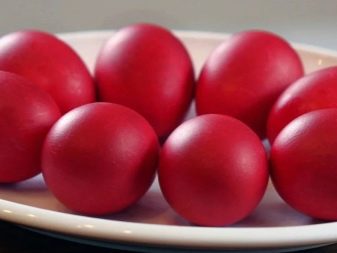
In the old days, believers kept painted eggs as amulets for a long time after Easter. It was believed that it was in their power to ward off troubles from the house: fires, lightning strikes, etc. Before Easter, it is supposed to paint eggs and bless them in the church, believing that the Holy Spirit dwells in them. Having treated himself to such a dye, a person seems to become renewed and more elevated.
Even in each color of the paint a certain meaning is embedded. Red is a symbol of God's love, yellow is the personification of wealth, white is a symbol of spirituality, blue means hope, and green is rebirth. In modern times, shells are increasingly painted with bright patterns using dyes of different shades.
It is strictly forbidden to disdain Easter paraphernalia. There are legends according to which everyone who dared to defile the paint was overtaken by severe punishment.
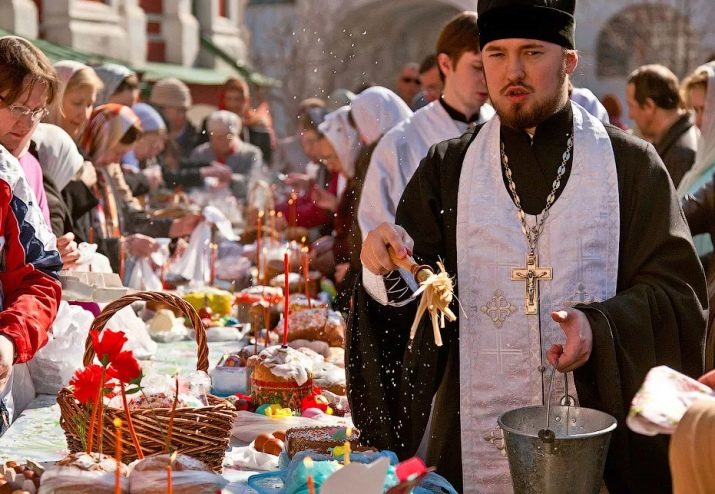
Suitable days
Orthodoxy does not give an exact answer, in what numbers it will be correct to cook dyes. You can start on the last week before Easter. Orthodox Christians in Russia usually start baking cakes and painting eggs on Maundy Thursday. On this day, the Last Supper of Jesus with his disciples took place. Also, on the fourth day of Holy Week, one should bathe and cleanliness and order in the house. Every year this day falls on a certain date. There is no specific date.
Those who, for a number of reasons, did not have time to cook dyes on Thursday, can do this on Holy Saturday. If eggs are boiled and painted early in the morning, then they have enough time to consecrate them in the church. Service on Saturday pre-holiday starts at 10 o'clock. At the request of the dye, it is not forbidden to cook later, for the second service. It starts at 20:00 and ends with a procession of the cross. Thus, it is better for believers to determine the right time and day of the week to bless food on their own.
Eggs are usually brought all at once in a small basket, so that later there will be something to exchange with family and friends when congratulating. Those who can afford it may not take some of the food after consecration from the temple, leaving them for treating the participants in the church meal.
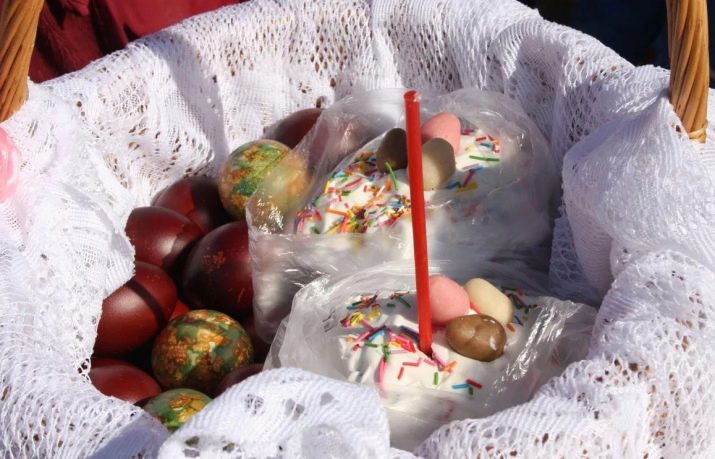
When shouldn't egg staining be done?
According to unspoken church rules, it is undesirable to paint eggs on Good Friday - the day of Jesus' death. But if there is no way to do this on any other day, then it is better to prepare for the holiday after 15:00.
There is a belief that it is undesirable to paint eggs during the period of mourning for a deceased relative. And those who want to observe the Easter tradition should use only black paint. But church representatives do not think this is advisable. According to the clergy, a humble lifestyle is enough for relatives during mourning.
